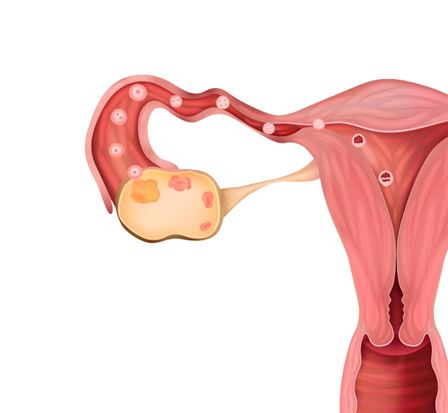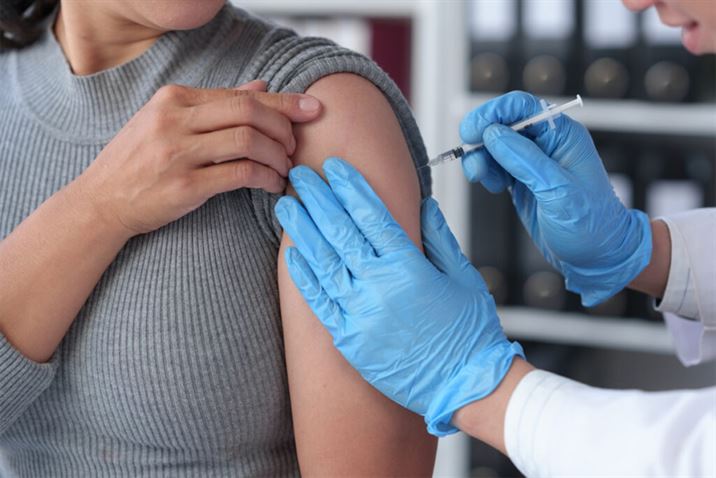Multiple egg development must be stimulated in order to improve the odds of a successful final output with In Vitro Fertilization (IVF) or Intrauterine Insemination (IUI). As a result, there are more oocytes (eggs) accessible for implantation, fertilization, and ovulation.
You require the proper amounts and quantities of eggs in your ovaries to ovulate, and the proper ratios of FSH, LH, estrogen, and progesterone are necessary to regulate the process.
The number, size, and growth of follicles as well as the synthesis of estradiol, the main hormone secreted by a healthy egg, determine the maturity and retrieval of an oocyte (egg). The ovary’s follicle, a tiny fluid-filled structure that houses the oocyte, is found there. The size of the follicle rises as the egg matures because the follicle contains more fluid. Ultrasound makes it simple to see and quantify this growth. The blood’s levels of progesterone and estrogen also indicate when the eggs are mature and should be retrieved. For this reason, your blood is routinely obtained during your treatment.



